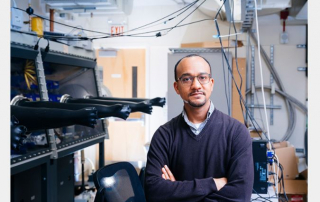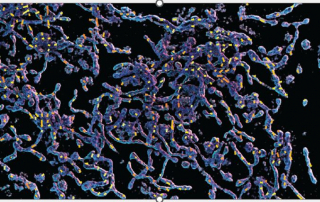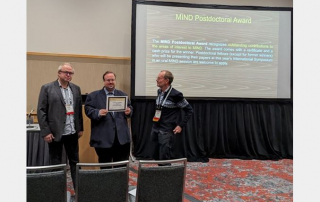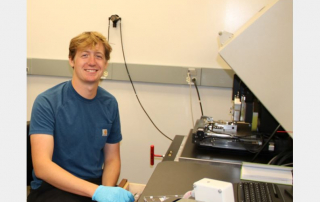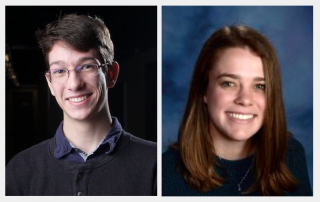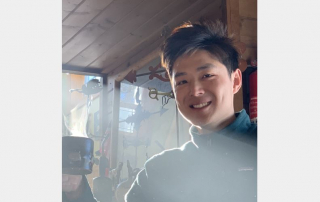Congratulations to Kwabena Bediako for Being Awarded the 2024 Philomathia Prize
The Philomathia Prize has been presented annually since 2022 to an early-career Berkeley faculty member, from any discipline, who demonstrates great distinction and promise in their academic field. The prize, established through a generous endowment gift from the Philomathia Foundation, comes with a monetary award of $200,000 for use at the awardee’s discretion over a three-year period.
